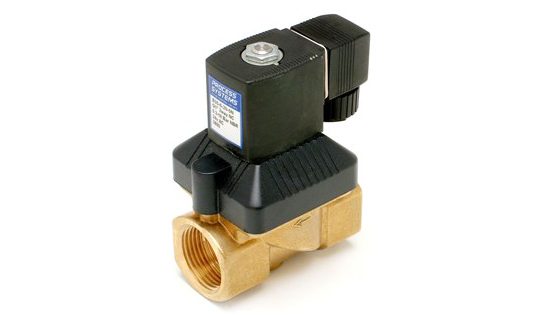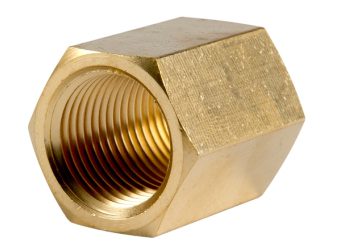Understanding Industrial Grade Stainless Steels - 304, 316, and Duplex
10 November 2024
Stainless steel comes in many variations because it is a blended alloy of various elements. It is something you see daily in your life because it plays a crucial role in many aspects of everyday life. From your kitchen sink to medical equipment and supply lines and from complex industrial machinery to automobile parts, it has versatile usage. They are commonly used in the valve and process industries.
Different types of Industrial-Grade Stainless Steel have distinct characteristics that make them unique from each other. Understanding the differences between them is very important to choosing the right one for the right application.
In this article, you will understand the differences between three key industrial grades of stainless steel: 304, 316, and duplex along with their casting equivalents.
What Makes Stainless Steel Unique?
The uniqueness of stainless steel over other industrial metals lies in its resistance to corrosion and staining both inside and outside. This characteristic is because of the addition of various other elements which create a passive layer to protect it from rust and wear.
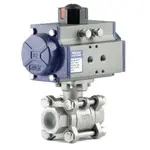 |
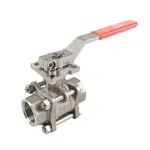 |
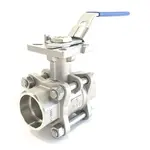 |
 |
Although all stainless steel can shine like a mirror when polished it’s not just about the shine that you see but also the resilience and resistance to factors that may impact it. That is why by understanding their unique properties, ASTM casting equivalents, and optimal applications, you can confidently choose the right stainless steel for your specific needs.
Categories of Stainless Steel
Stainless steel can be broadly categorized into austenitic, ferritic, martensitic, and duplex. Among these, austenitic grades like 304 and 316 are well-known for their excellent corrosion resistance, while duplex stainless steel combines the best of both austenitic and ferritic structures. Due to this, it offers superior strength and durability over others.

Understanding Casting Codes
Casting codes are important because they help you to understand the specific properties of the casting-grade stainless steel. Each part of the code represents different aspects of the alloy composition. Let’s learn the details from the table below.

These casting codes provide crucial information for selecting the right material for specific applications, ensuring that the alloy has the appropriate properties such as corrosion resistance, strength, melting point, toughness and weldability.
ASTM Standards for Stainless Steel Castings
The ASTM standards are essential to ensuring quality in stainless steel castings. These standards cover the details of chemical composition, mechanical properties, and other requirements for a particular product and its applications.
|
Wrought Grade |
Casting Equivalent |
ASTM Specification |
|---|---|---|
|
304 |
CF8 |
A351, A743, A744 |
|
304L |
CF3 |
A351, A743, A744 |
|
316 |
CF8M |
A351, A743, A744 |
|
316L |
CF3M |
A351, A743, A744 |
|
2205 Duplex |
CD3MN |
A890 Grade 4A |
|
2507 Super Duplex |
CE3MN |
A890 Grade 5A |
|
410 |
CA15 |
A217 |
|
17-4 PH |
CB7Cu-1 |
A743, A744 |
That is the reason for the successful and long life of products once they are cast in compliance with ASTM standards. These standards are developed for this purpose so that you can ensure consistency, safety, and reliability in stainless steel components used in critical applications.
Stainless Steel 304/304L
304 stainless steel (SS) is a widely used austenitic stainless steel. It is known for its versatility, durability, and cost-effectiveness. Most of the general-purpose products are manufactured using 304 Grade SS. Furthermore, it has fairly good corrosion resistance and ease of fabrication, making it suitable for various industrial products.
Chemical and Mechanical Properties of 304 Stainless Steel
Grade 304 typically contains around 18-20% chromium and 8-10.5% nickel, which provides good resistance to rust and environmental wear, as well as excellent strength. This chemical composition ensures good weldability and formability, making it versatile.
If mechanical properties are considered, it has good tensile strength. Its high formability means you can easily shape it to meet specific requirements. Furthermore, its durability adds to its versatility.
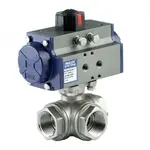 |
 |
 |
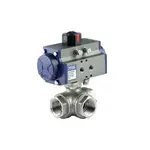 |
The casting equivalent for Type 304 stainless steel is CF8 (ASTM A351/ A743/ A744 Grade CF8), which retains the essential properties of 304, including its corrosion resistance and mechanical performance.
Type 304L Stainless Steel
Type 304L is a low-carbon version of 304, which offers significantly improved weldability due to its lower carbon content. The lower carbon content helps to reduce the risk of carbide precipitation during welding processes. The casting equivalent for 304L is CF3 (ASTM A351/A743/A744 Grade CF3).
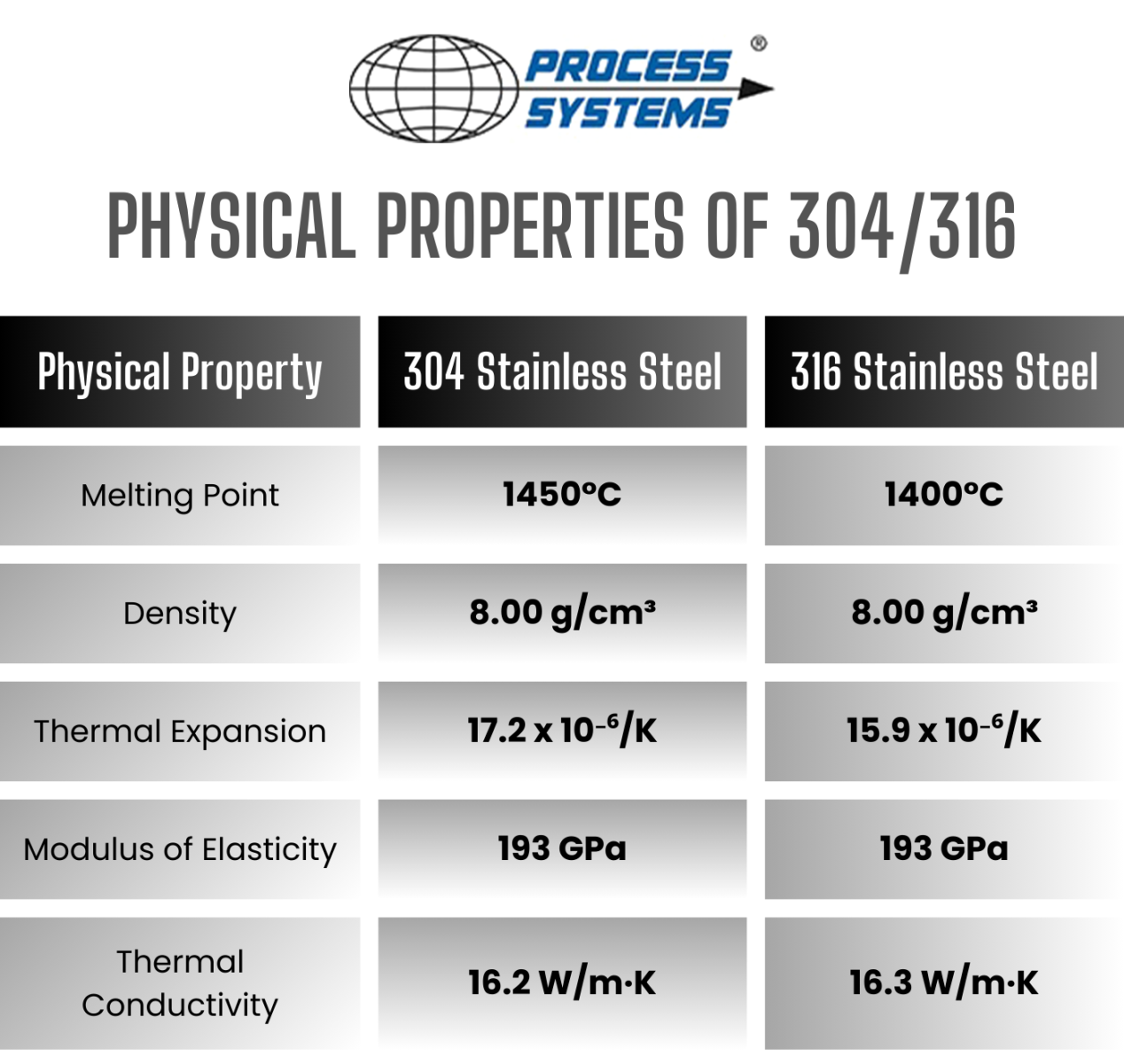
Common Applications for 304 Stainless Steel
 Its good resistance to corrosion and ease of fabrication make it a staple in food processing, brewing, and dairy industries because of compliance with FDA regulations. Additionally, it is widely used for kitchen utensils, sinks, silverware and other food-contact surfaces. Its hygienic properties make it ideal for environments requiring cleanliness. It is also a popular choice for architectural projects due to its aesthetic appeal. It is used widely in the valve and fitting industry for instance we make some of our stainless steel solenoid valves out of this same 304 Stainless Steel.
Its good resistance to corrosion and ease of fabrication make it a staple in food processing, brewing, and dairy industries because of compliance with FDA regulations. Additionally, it is widely used for kitchen utensils, sinks, silverware and other food-contact surfaces. Its hygienic properties make it ideal for environments requiring cleanliness. It is also a popular choice for architectural projects due to its aesthetic appeal. It is used widely in the valve and fitting industry for instance we make some of our stainless steel solenoid valves out of this same 304 Stainless Steel.
Stainless Steel 316/316L
316 stainless steel is superior to 304 when it comes to resisting chloride corrosion, making it the go-to material for applications where corrosion resistance is needed. We use 316 to cast many of our ball valves and even some butterfly valves, solenoid valves and fittings.
Chemical Composition of 316 Stainless Steel
In addition to chromium and nickel, 316 stainless steel contains 2-3% of molybdenum (2-3%), which significantly enhances its corrosion resistance. The presence of molybdenum also contributes to the overall strength and durability.
Corrosion Resistance and Durability
316 stainless steel has superior resistance to pitting and crevice corrosion, especially in saltwater environments. Its robust passive oxide layer provides long-term protection against aggressive chemicals such as chlorine. That is why it is preferred in harsh applications.
The casting equivalent for Type 316 stainless steel is CF8M (ASTM A351/ A743 /A744 Grade CF8M.
Type 316L Stainless Steel
Similar to 304/304L the type 316L is the low-carbon version of 316. And, in a similar way to 304L, it improves its weldability by reducing the risk of carbon precipitation. The casting equivalent for 316L is CF3M (ASTM A351/A743/A744 Grade CF3M).
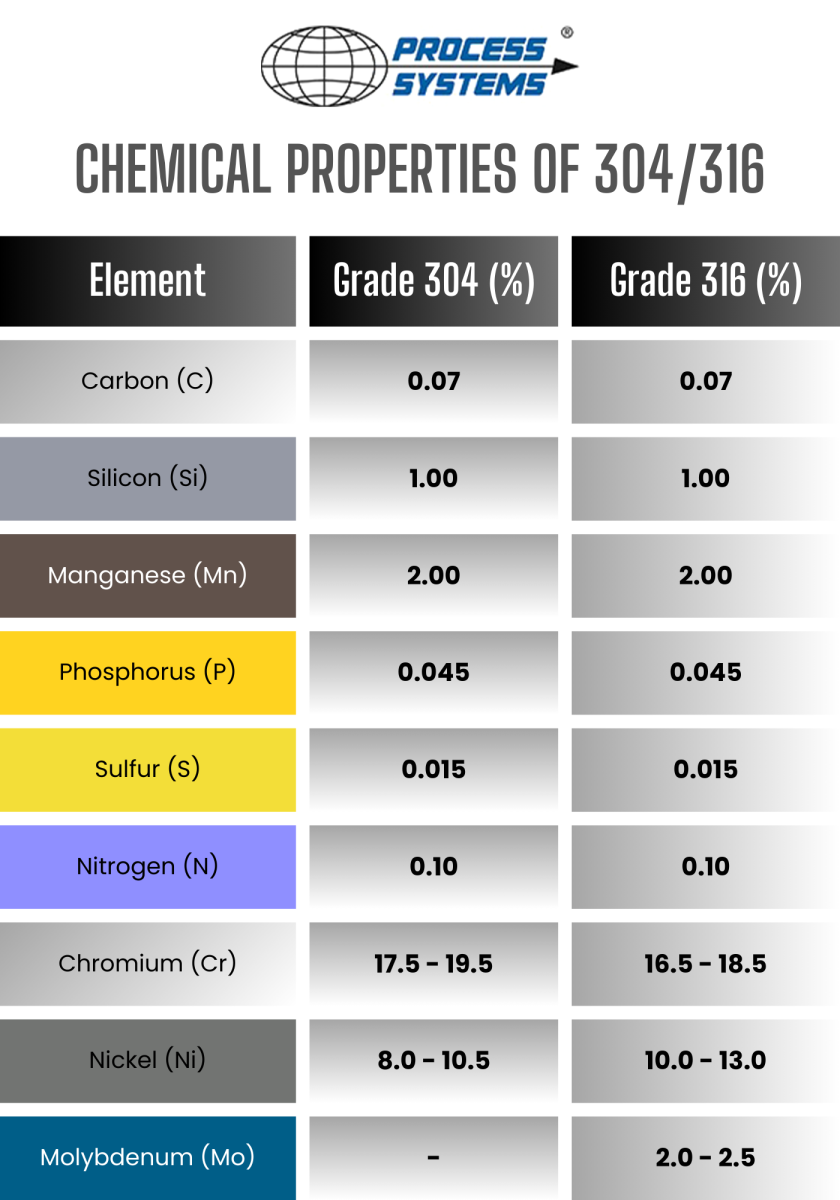
Typical Applications of 316 Stainless Steel
316 or CF8M and CF3M are ideal for marine fittings, chemical processing, and pharmaceutical manufacturing, where chemical exposure is high.
Magnetic Characteristics of 304 and 316 Stainless Steel
Now let's talk about a misconception of the magnetic nature of stainless steel that most people confuse. The austenitic stainless steel (316) is not magnetic because of its nickel content. However stainless steel 304 may be slightly magnetic in areas that have been deformed, such as by bending. For easy understanding, you can think of it as having paramagnetic characteristics, meaning that small particles in the 304 type can be attracted to powerful magnetic separators.
Overview of Duplex Stainless Steel
Duplex stainless steel represents a hybrid of ferritic and austenitic microstructures. This hybridization provides superior mechanical strength, excellent resistance to stress corrosion cracking, and improved toughness. Its unique dual-phase structure combines the advantages of both 304 and 316 alloys.
Composition and Microstructure of Duplex Stainless Steel
Duplex stainless steels generally contain equal parts austenite and ferrite, which provide a balanced microstructure.
As far as casting equivalent is concerned for duplex stainless steel, such as for 2205 Duplex is CD3MN (ASTM A890 Grade 4A). CD3MN offers a combination of austenitic and ferritic phases.

Super Duplex Stainless Steel
Super duplex stainless steel, like 2507, has enhanced corrosion resistance, particularly in aggressive environments containing chlorides. The mechanical properties of 2507 provide high strength and durability and the casting equivalent for 2507 is CE3MN (ASTM A890 Grade 5A).
Advantages of Duplex Stainless Steel
Duplex stainless steel offers a high strength-to-weight ratio, making it ideal for structural applications where durability is key.
Where is Duplex Stainless Steel Commonly Used?
Duplex stainless steel is frequently used in the oil and gas industry, particularly in pipelines and processing systems due to its excellent strength and corrosion resistance. It is also popular in chemical processing for its ability to withstand harsh chemicals. Structural applications, such as bridges and pressure vessels, benefit from its durability. We cast our valve safety lockouts out of 2205 duplex stainless steel to achieve the strength and integrity needed for these high-stress applications.
Overview of 410 Grade Stainless Steel
410 or CA15 A217 steel is a martensitic stainless steel grade that falls under the ASTM A217 specification. CA15 is the designation used for cast forms that contain around 11.5-13.5% of chromium. It is commonly used for casting in applications requiring good mechanical properties with moderate corrosion resistance.
Overview of 17-4-PH Stainless Steel
It is a precipitation-hardening martensitic stainless steel and falls under the ASTM A743 and A744 standards for cast materials. It has higher strength, hardness, and corrosion resistance.
The chemical composition of 17-4 PH typically includes significant amounts of chromium (15-17.5%), nickel (3-5%), and copper (3-5%), along with small additions of elements like niobium to enhance precipitation hardening.
Furthermore, it undergoes heat treatment processes to achieve its high mechanical properties, which increases its yield strengths to 1000 Mpa.
These characteristics make it suitable for aerospace, valves, gears, and marine applications. Additionally, it’s easy to fabricate and weld.
Cost Comparison of 304, 316, and Duplex
304 is the most economical option for general purposes, whereas 316 has better corrosion resistance. Duplex offers both strength and corrosion resistance however it has a higher cost.
Applications of Different Stainless Steel Types |
|
|---|---|
|
Stainless Steel Grade |
Common Applications |
|
304 |
Kitchen equipment, brewing tanks, dairy processing, automotive components, architectural structures |
|
304L |
Food and beverage handling, welded structures requiring resistance to corrosion |
|
316 |
Marine fittings, chemical processing, pharmaceutical equipment, offshore platforms |
|
316L |
Pharmaceutical manufacturing, dairy processing, brewing, high-temperature welded environments |
|
2205 Duplex |
Oil and gas industry, chemical processing, structural components, heat exchangers |
|
2507 Super Duplex |
Offshore oil rigs, chemical tanks, pressure vessels, heat exchangers, desalination plants |
|
410 |
Pump shafts, valve parts, petrochemical applications |
|
17-4 PH |
Aerospace components, high-strength fittings, valves |
What is the Need for Casting Equivalents?
Casting equivalents are essential because the casting process requires alloys with specific properties such as:
- Fluidity is required to ensure that the molten alloy flows properly into moulds to fill complex shapes without defects. This helps reduce the likelihood of voids or imperfections in the final product.
- Minimal Shrinkage is crucial in minimizing defects, such as voids and cracks, that can compromise the final product. This results in stronger, more reliable components.
- Soundness ensures that the structural integrity of the casting is maintained without internal flaws, such as voids or cracks. This is especially important for components that must bear high loads or operate in safety-critical applications
By adjusting the chemical composition slightly, casting equivalents achieve these properties while maintaining mechanical performance similar to their wrought counterparts.
304 Stainless Steel Summary |
|
|---|---|
|
Casting Equivalent |
ASTM Standard |
|
CF8 |
ASTM A351/A743/A744 |
|
|
304L Stainless Steel Summary |
|
|---|---|
|
Casting Equivalent |
ASTM Standard |
|
CF3 |
ASTM A351/A743/A744 Grade CF3 |
|
|
316 Stainless Steel Summary |
|
|---|---|
|
Casting Equivalent |
ASTM Standard |
|
CF8M |
ASTM A351/A743/A744 Grade CF8M |
|
|
316L Stainless Steel Summary |
|
|---|---|
|
Casting Equivalent |
ASTM Standard |
|
CF3M |
ASTM A351/A743/A744 Grade CF3M |
|
|
2205 Duplex Stainless Steel - Summary |
|
|---|---|
|
Casting Equivalent |
ASTM Standard |
|
CD3MN |
ASTM A890 Grade 4A |
|
|
2507 Super Duplex Stainless Steel - Summary |
|
|---|---|
|
Casting Equivalent |
ASTM Standard |
|
CE3MN |
ASTM A890 Grade 5A |
|
|
410 Stainless Steel - Summary |
|
|---|---|
|
Casting Equivalent |
ASTM Standard |
|
CA15 |
ASTM A217 Grade CA15 |
|
|
17-4 PH Stainless Steel - Summary |
|
|---|---|
|
Casting Equivalent |
ASTM Standard |
|
CB7Cu-1 |
ASTM A743/A744 Grade CB7Cu-1 |
|
|
How to Choose the Right Stainless Steel for Your Application
Your choice of stainless steel grade should be guided by the specific requirements of your application, such as exposure to chemicals, strength requirements, and budget constraints. For instance, if you need stainless steel for a commercial kitchen, 304 is ideal. For coastal installations, 316 is worth the extra cost, and for structural supports, the duplex offers the best of both worlds.
Top FAQs for Stainless Steel Grades
What are the main differences between stainless steel 304 and 316?
316 contains molybdenum, which enhances its resistance to chlorides compared to 304. 316 Stainless steel will offer better corrosion resistance when compared to 304 Stainless steel however even 316 will still corrode somewhat over time.
What is duplex stainless steel, and where is it used?
Duplex is a hybrid steel that combines the strength of ferritic and austenitic steels, commonly used in structural and chemical applications. This is found in valves and fittings that are usually used in offshore oil rigs or applications where a very good corrosion resistance is needed.
How do ASTM standards apply to stainless steel castings?
ASTM standards ensure that stainless steel castings meet specific quality criteria for safety and performance.
Which stainless steel is best for corrosion resistance: 304, 316, or duplex?
316 is best for chloride environments, while duplex provides excellent all-around corrosion resistance.
What are the ASTM casting codes for stainless steel grades?
ASTM A351 CF8 for 304, ASTM A351 CF8M for 316, ASTM A351 CF3 for 304L, ASTM A351 CF3M for 316L, and ASTM A890 for duplex grades like CD3MN and CE3MN.
Choosing the Right Grade: Final Thoughts
Choosing the right stainless steel isn’t just about picking the shiniest option, it’s about matching the material to your application. You need to understand the differences, and also consult the ASTM standards to informed choice that balances performance, durability, and cost-effectiveness.
Recent Blogs
Date Posted: 21 November 2024
International Valve Leakage Testing StandardsDate Posted: 10 November 2024
Understanding Industrial Grade Stainless Stee







